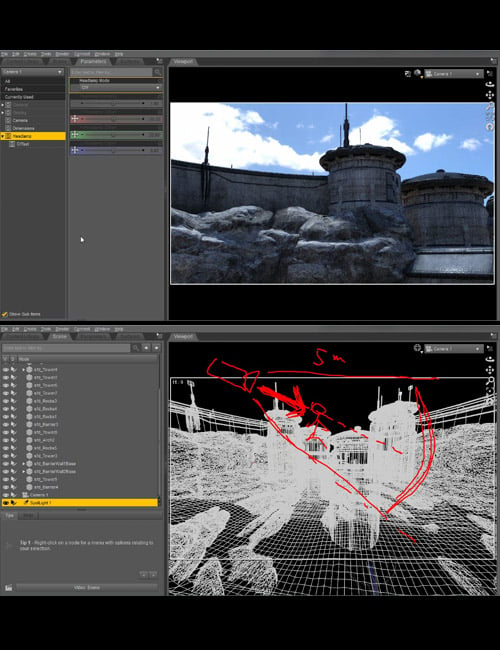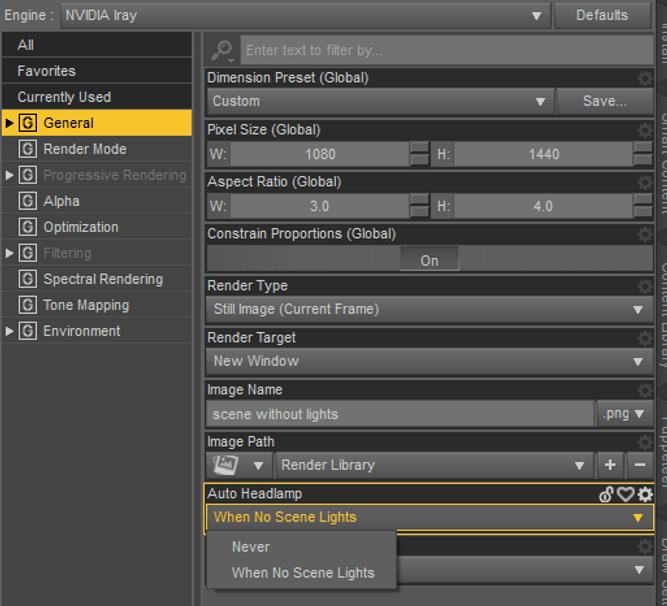

These are great questions to ask yourself about the light in your scene. Quality of Light: How does the light appear? What color is it? How does the light appear on the subject? Does it create hard shadows or minimal/soft shadows? Are there no shadows at all?.Direction of Light: What direction in relation to the subject of the scene is the light coming from?.Quantity of Light: How many light sources are present in the scene? What are the ratios between these light sources if there are more than one?.Intensity of Light: How much light is present in the scene?.Nevertheless, these are great principles to keep in mind as you try to make the perfect lighting for your 3D scene. In the end, only you as the artist know exactly what effect you want to portray in your scene. Of course, keep in mind that these are not hard and fast rules but rather guidelines. These principles can and do apply to 3D scenes as well.
#Daz studio iray lighting tutorial how to#
In photography and even stage and film production, there are generally several known principles of lighting and how to do it properly in an aesthetic way. Ultimately, without lighting, your scenes couldn’t be viewed! Daz Studio and many other programs are probably going to automatically load a preset light source or two into your workspace, but this lighting is rarely if ever going to be enough to create the perfect 3D scene lighting! Basic Principles of Lighting and How to Apply Them to 3D While names may change or differences may occur from program to program, practicing with the lighting available in Daz Studio will greatly improve your ability to learn lighting in any other program. This allows you to have the effect of a point light but at a much higher intensity. Instead, it allows you to set the point at which the light falls off. While a point light follows the physical laws of light (the intensity of light is inversely proportional to the square of the distance from the source), a linear point light isn’t bound by these laws. They function like a point light however, you have the freedom to select the point where the light drops off, rather than continuing it.

In fact, whether you are lighting a stage for a grand performance, taking portraits in a photography studio, or setting up lighting in 3D, many of the fundamentals apply.

The methods and language various render engines use may change, but the principles are going to be the same. While this tutorial is geared specifically toward Daz Studio, the concepts and principles taught here will carry over to any program. Lighting is a difficult topic that can be difficult to fully grasp at first, yet improving your knowledge of it will vastly improve the quality and realism of your work.
#Daz studio iray lighting tutorial professional#
Tired of wondering why your renders don’t look as realistic and professional as those of other 3D artists or the sample pictures featured in the marketplace where you purchased the model? If so, this 3D scene lighting tutorial may be exactly what you have been looking for.


 0 kommentar(er)
0 kommentar(er)
